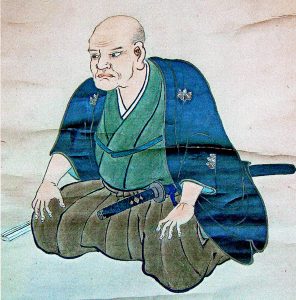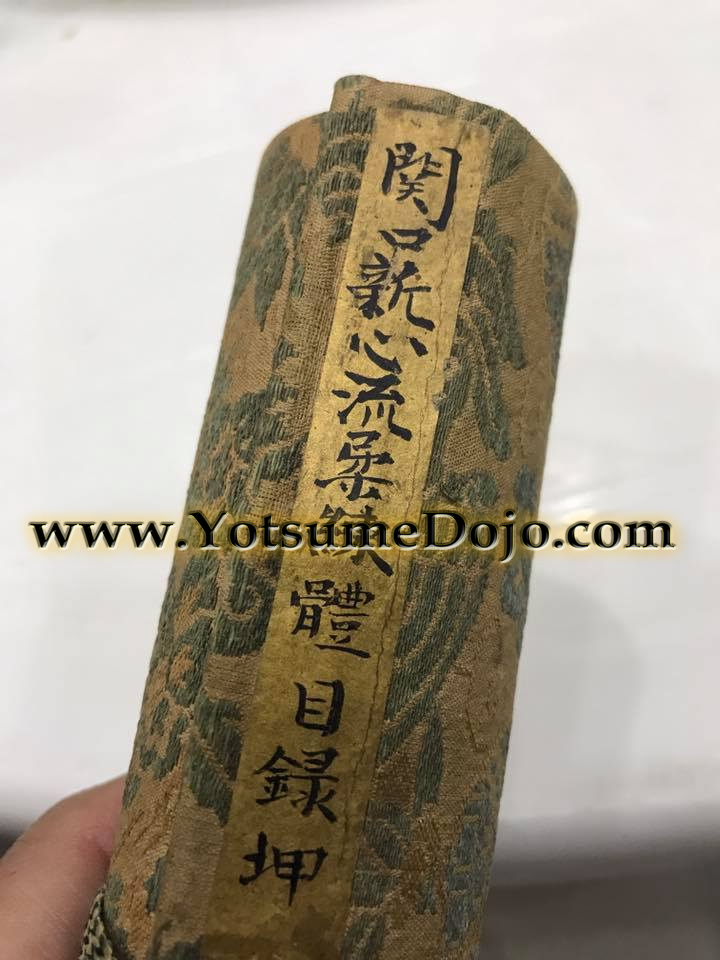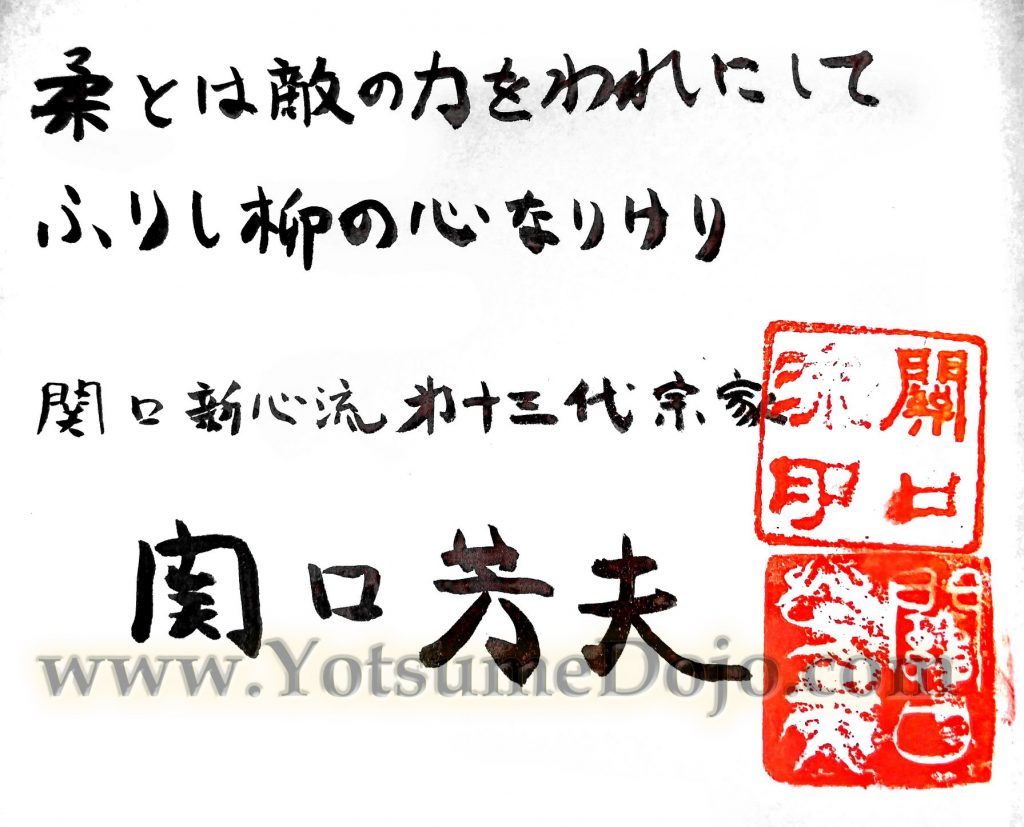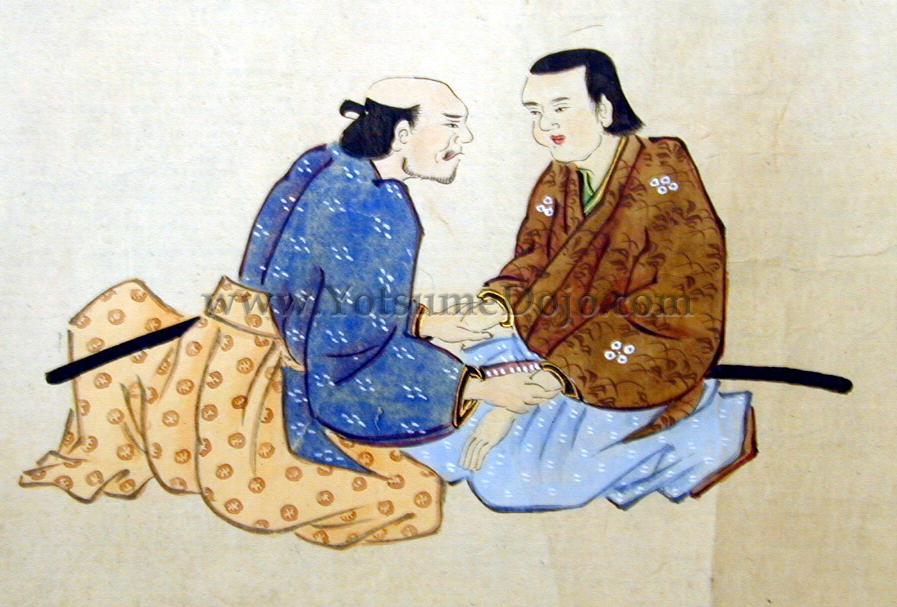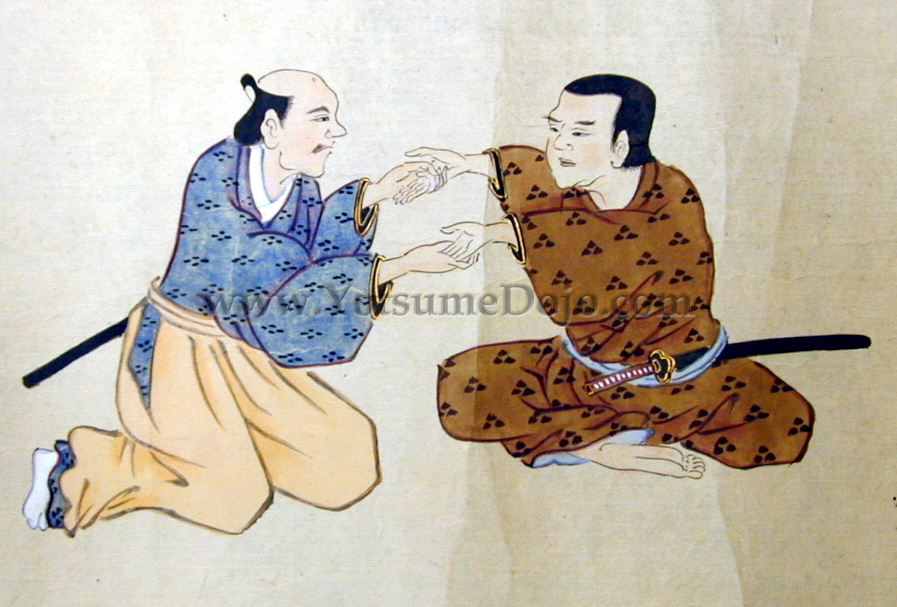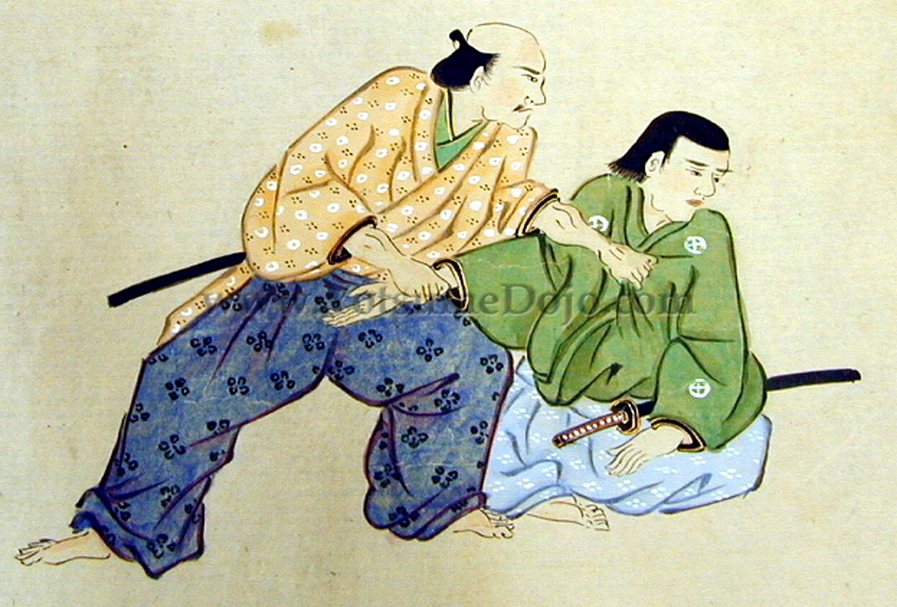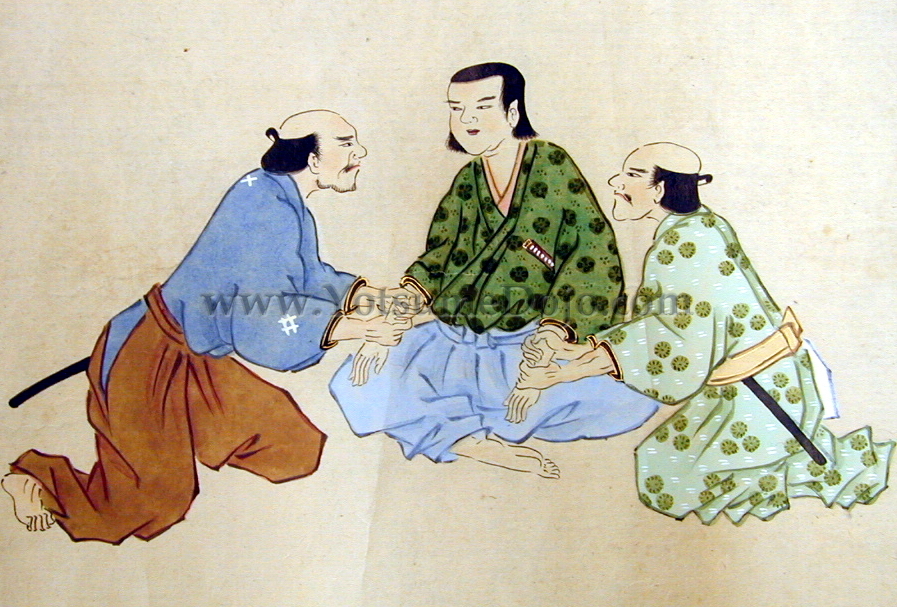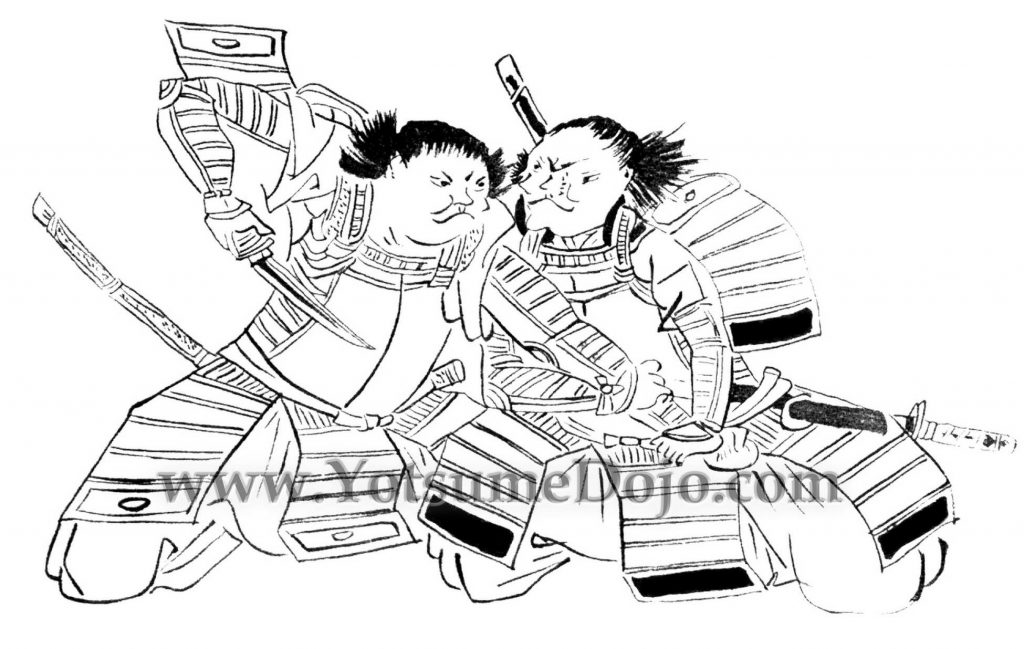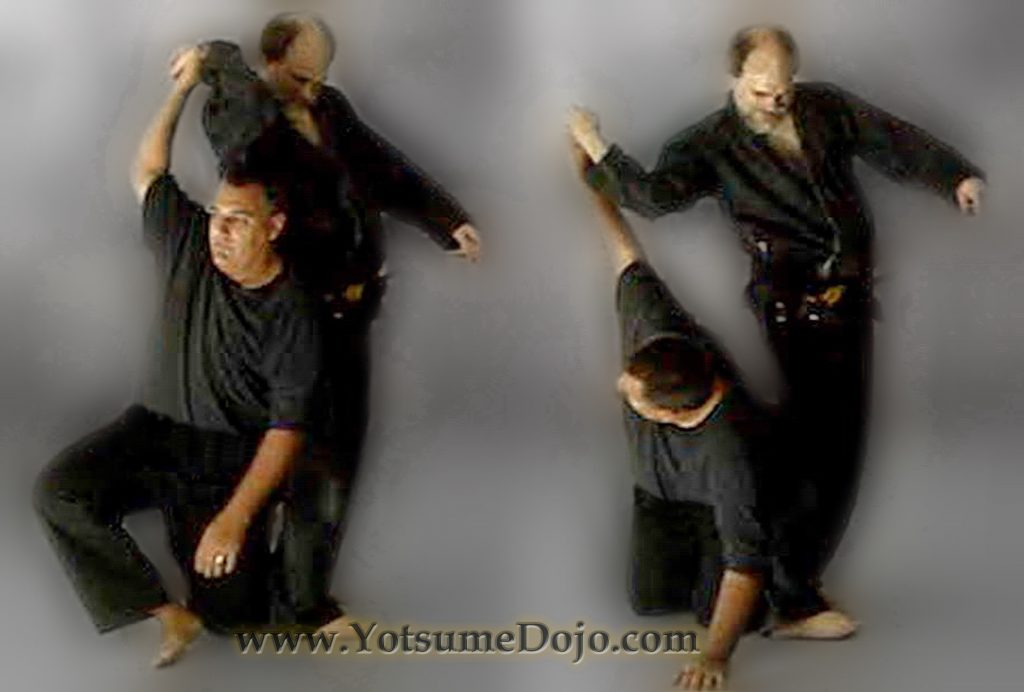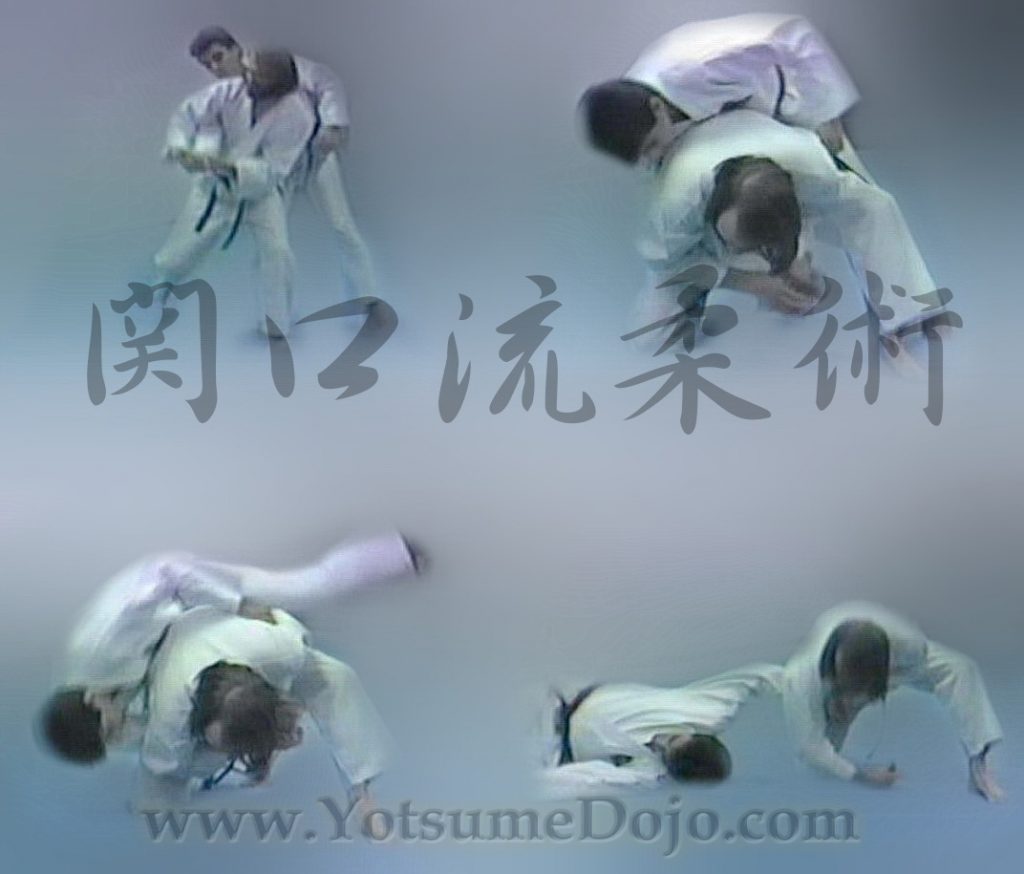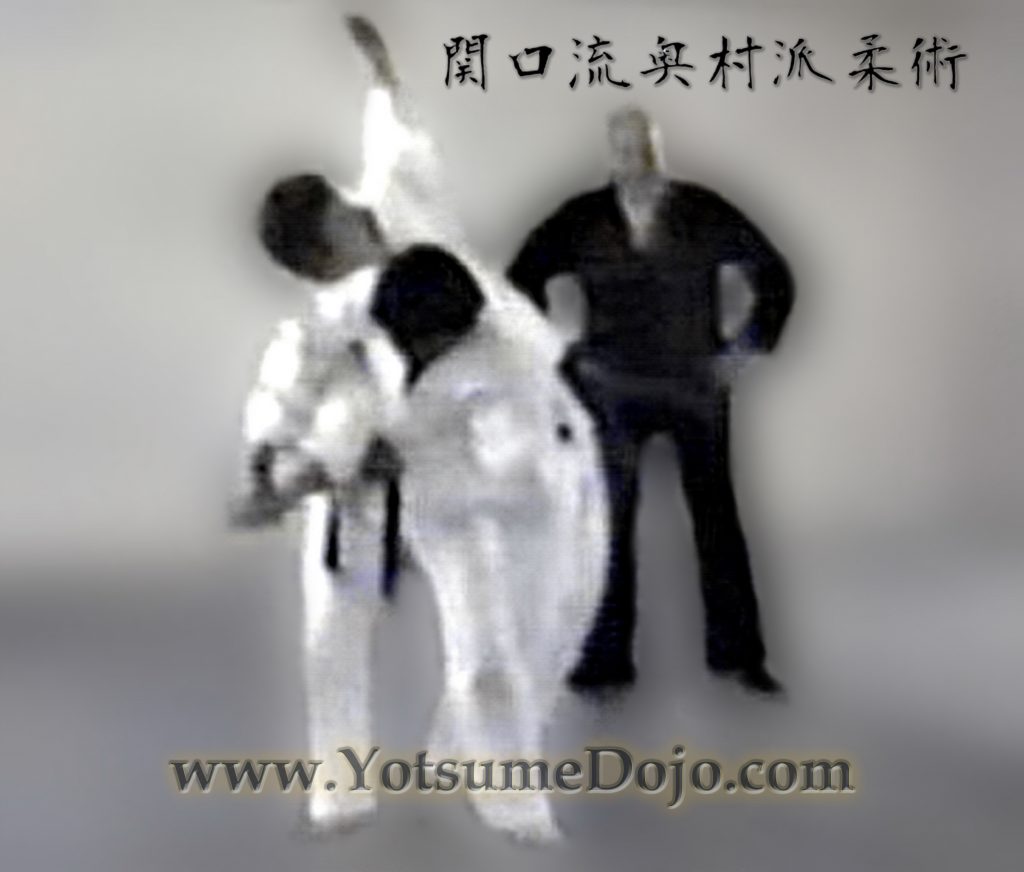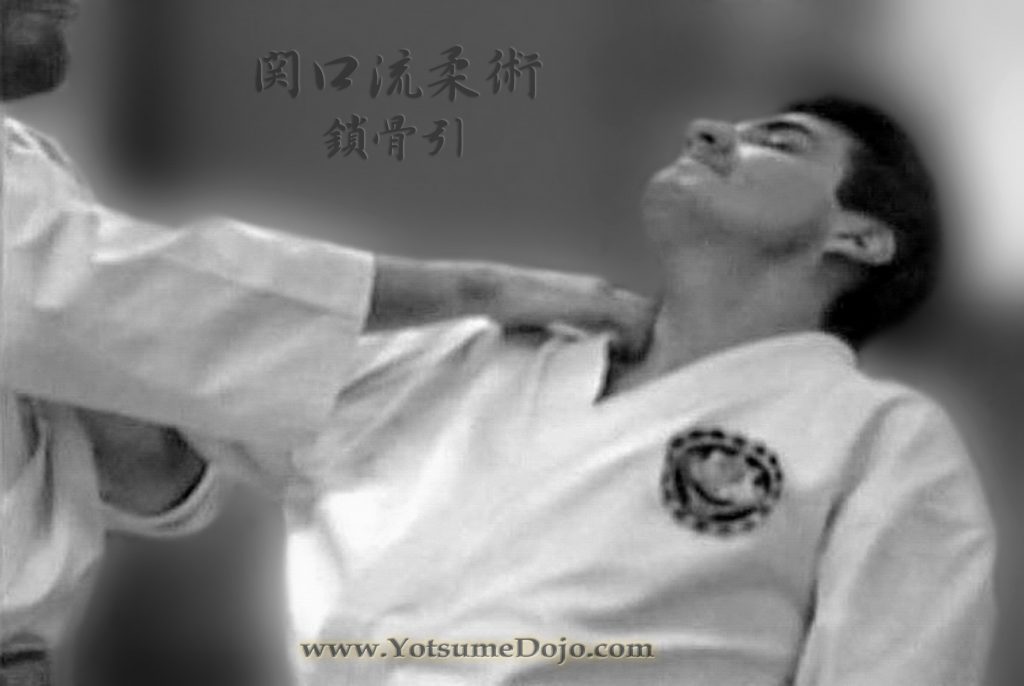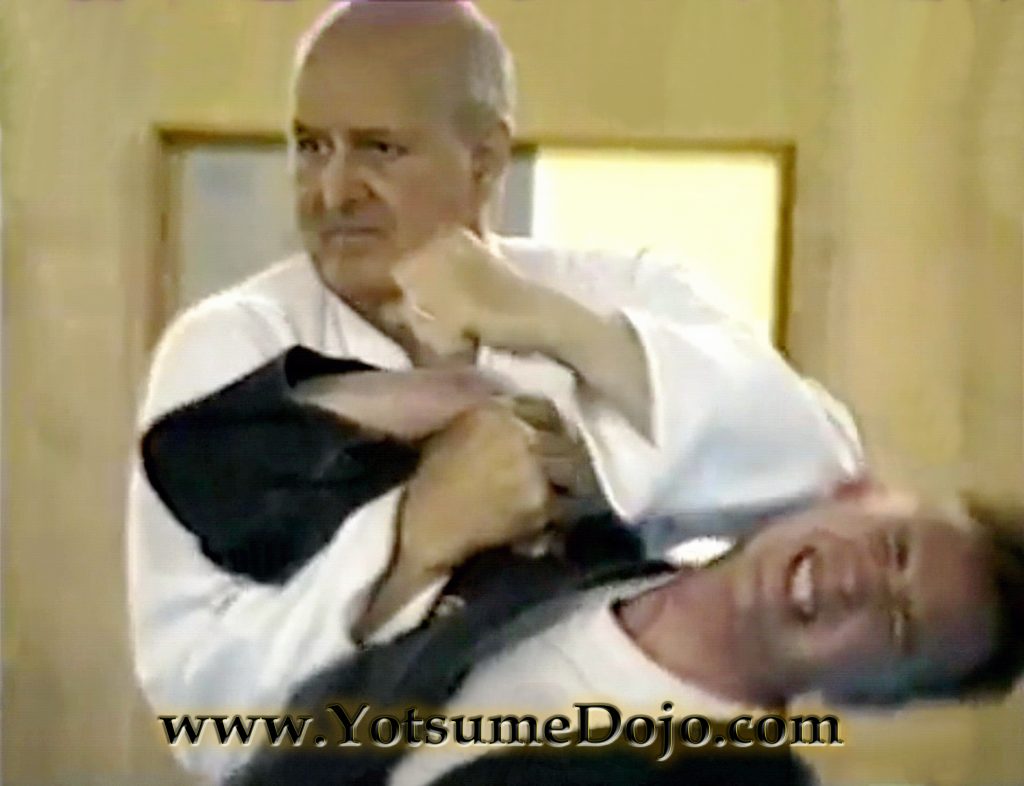
Sekiguchi-ryu Okumura-ha Jujutsu

Brief History of Sekiguchi-ryu
Sekiguchi Yarokuemon Ujimune 関口弥六右衛門 (1598-1670), also known as Sekiguchi Jushin 関口柔心. Jushin was a member of the Seiwa Genji 清和源氏 Imagawa clan of the Sengoku period. When the once powerful Imagawa clan fell to the conquests of Oda Nobunaga, Jushin decided to dedicate his life to martial arts training. He left the castle for the Atago Mountains where he underwent intense physical and spiritual training. The result of that training became known as Sekiguchi-ryū around 1640, and rumors of the wanderer and of his art rang throughout the country. Sekiguchi Yarokuemon Ujimune was born in the third year of Keicho (1598), the son of Geki Ujiyuki. His grandfather, Sekiguchi Gyobudayu Ujioki, was Imagawa Yoshimoto’s brother-in-law, and the father of Tokugawa leyasu’s wife.
Sekiguchi-ryū was further developed by Jushin’s three sons:
- Sekiguchi Hachirozaemon Ujinari 関口八郎左衛門氏業 – Creates school of Jujutsu and Bojutsu in Hiroshima during the 17th century. Calls his school the Shibukawa-ryu 渋川流.
- Sekiguchi Manemon Ujihide 関口万右衛門氏英 – second son of the founder and the Sekiguchi-ryu’s third grandmaster, worked
for the Kishu domain beginning in Manji 3 (1660). Ujihide was an extremely gifted
martial artist whose skills are said to have surpassed those of his brother and
even his father. Ujinari and Ujihide were quite different in both character and
technique. Ujinari’s mind was very strong, and his technique was also sharp (direct, and ruthless); Ujihide, on the other hand, had a soft character and his
technique was so subtle and exquisite that it was referred to as Kami no Waza
(god’s technique or divine technique). Ujihide was called Jusei (Jujutsu
Saint). It was probably under Ujihide that the Sekiguchi-ryu’s teaching system
became formalized. - Sekiguchi Yataro Ujisato 関口弥太郎氏暁 – Ujisato also became very skillful at Jujutsu from his childhood, and worked for the Kishu Han from Kanbun 3 (1663). At the age of sixteen he demonstrated his skills to Yorinobu by standing on a piece of wood near the edge of a pond, while one of Yorinobu’s retainers who was famed for his strength attempted some tsuki attacks on Ujisato who skillfully avoided every thrust, and when his opponent punched at him for the fourth time, Ujisato caused him to lose his balance and fall into the pond.
From the Jūshin Sensei Den: Many details of his life and exploits come to us from the record book Jūshin Sensei Den written by Shibukawa Bangorō Tokihide (4th soke of the Shibukawa-ryū). This book depicts Ujimune as very strong and clever, and as having “Ichi Mai Abara.” This phrase was used to indicate that the spaces between someone’s ribs were very narrow; people with Ichi Mai Abara were believed to be particularly strong, even from childhood, and well suited to the martial arts.
Sekiguchi Shinshin-ryū 関口新心流
Ryūgi Uta 流儀歌
The first section of training in Sekiguchi Shinshin-ryu are the 20 Kata of the Tetsuzuki (hand procedures) techniques. The first technique is Youryu. It is a type of seated armor wrestling. This is the most basic technique and at the same time, the Gokui or secret technique of the school. The Ryūgi Uta 流儀歌 or Gokui-ka secret song of the school written by the current soke Sekiguchi Yoshio says:
柔とは敵の力をわれにしてふりし柳の心なりけり
“Yawara Towa Teki no Chikara wo Ware ni Shite Furishi Yanagi no Kokoro Nari Keri.”
(Yawara is to make the strength of your enemy your own and to make your heart as a waving willow).
Powerful Torite Skills:
One story recorded in the Jūshin Sensei Den, recounts how Ujimune, at the age of sixteen, apprehended his Torite teacher. Apparently his teacher was involved in some sort of illegal activity and needed to hide. Ujimune decided to catch the teacher himself, and went up to the attic where the man was hiding. As Ujimune entered, his teacher attacked him with a knife or dagger, and yet Ujimune was able to catch him. According to the same work, the story shows that Ujimune was skilled at Torite at a young age and also had a strong sense of justice.
Special Ukemi 受身 Training:
Another story also from the Jūshin Sensei Den, illustrates how Ujimune developed his ukemi. On a hot day, Ujimune was sitting in a garden and noticed a cat sleeping on the roof of the house. Suddenly the cat rolled over and fell off the roof. However, while falling the agile creature righted itself and landed on its feet. This inspired Ujimune to think, “If a cat can do this, why can’t people too?” He then gathered some bales of straw, placed them next to the house, covered them with mattresses, and started jumping and rolling down from the roof. At first he didn’t manage to land properly, but after a great deal of practice he became more skillful, and no matter how he fell down he always managed to land on his feet.
Kansetsu Nage:
A hallmark of the Sekiguchi-ryu Okumura-ha branch of the school is during Nage Waza (throwing techniques) the joints (Kansetsu) of the body are compromised and destroyed during the throws. Special care must be taken with your training partner. The study of Ukemi 受身 in this line of the school is very important and requires special attention.
Sekiguchi-ryu Okumura-ha Jujutsu
As taught by Georgie Okumura to Mike Depasquale Sr.
Sekiguchi-ryū Okumura-ha Jūjutsu 関口流奥村派柔術 taught to me by my teacher Mike Depasquale Sr. My teacher studied this line of Sekiguchi-ryū with his teacher ‘George’ Okumura. I received the entire system of training in this school from my teacher. I trained many years in private classes with my teacher where it was just a few personal students and our teacher alone in the dojo. There is no greater training gift!
The training in this branch of Sekiguchi-ryu consists of 5 levels of training broken into 22 sets of techniques categorized into Omote Gata (outer forms) which are then broken into 80+ Ura Gata (inner forms) as well as many Henka (variations). One of the main specialties of this school are methods of doing joint locks in combination with each other to produce very devastating joint destruction techniques. Many of the techniques end in multiple joint breaks, dislocations, or kill the opponent. Unlike other schools of Jujutsu, the end of the forms do not mainly finish with an arresting immobilization. This is the “twist” (no pun intended) that is the hallmark of the Okumura-ha (branch) of Sekiguchi-ryu. Once you learn the unarmed version of the techniques you then wear Daisho (long and short swords) and a Kogusoku (small dagger) which opens up a whole new level of training.
How Daisho Sabaki Gata 大小捌型 Was Altered Over Time:
The example technique shown from this section of training all have methods where the opponent’s arms are locked up how one would do if you or they were wearing “Daisho” (large and short swords). In this line of Sekiguchi-ryū the Daisho Sabaki techniques were altered and replaced with unarmed versions of the sword techniques. However, you can easily see the sword influence in the forms. It is important to look at what we in our time might “wear around our waist” and train accordingly.
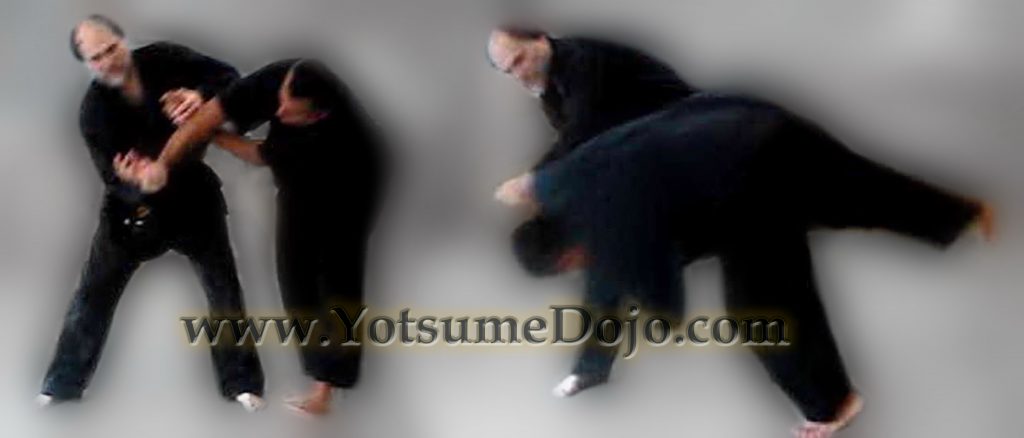
The training in this line of Sekiguchi-ryu Jujutsu must be done under the watchful eye of a properly trained teacher together with the cooperation of your partner. Special care is taken to first learn how to take the proper Ukemi (break fall) to be able to train a particular technique fully and safely. Without this initial Ukemi training one can easily injure their training partner if they had not received this special Ukemi instruction first. Said another way, in many of the Kata (forms) in this school, you must prepare by learning specialized ways to survive or escape the techniques first.
In this line of Sekiguchi-ryu, you attack multiple joints of the body to disrupt the opponent’s Tanden (center). The pain that is generated is excruciating. We like to say as we yawn, our opponent screams! If one joint lock was to fail you maintain control with multiple points of contact rather then one point. This is another hallmark of this line of Sekiguchi-ryu Jujutsu.

